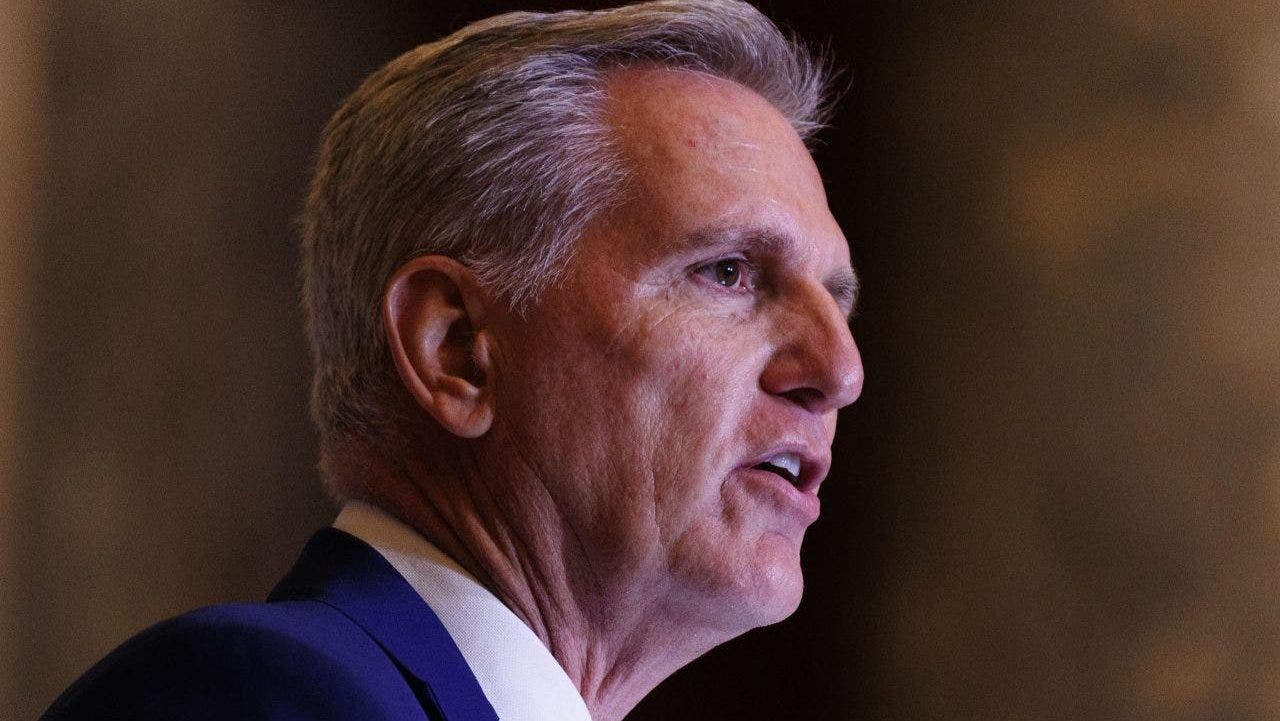With days remaining before the filing deadline for Alaska’s legislative candidates, more than a third of the state’s 40 House members are poised to run for reelection unopposed.
Candidates have until June 1 to formally declare their intent to run with the Alaska Division of Elections. Some candidates wait until the last minute to file their paperwork. But in large swaths of the state, lawmakers could keep their seats with little or no competition.
The 2022 election led to the largest freshman class of lawmakers in two decades, with 20 out of 60 lawmakers new to the Alaska Legislature. The change was brought about in part by a one-a-decade redistricting process that put multiple incumbents in the same districts, and allowed newcomers to run outside the shadow of longtime politicians.
But 2024 is set to bring far less turnover. In the Senate, every incumbent up for reelection has indicated an intention to run again. In the House, only three lawmakers have indicated they don’t plan to attempt to keep their seats — creating limiting possibilities for open races.
Rep. Jennie Armstrong, D-Anchorage, whose Alaska residency was challenged during the 2022 election cycle, is not running again. Democrat Carolyn Hall is currently the only candidate registered to run for the seat.
Rep. Laddie Shaw, R-Anchorage, is retiring this year at the age of 75. Multiple candidates have indicated they could run for the seat, including Girdwood Republican Lee Ellis, a craft brewery president, and Ky Holland, a nonpartisan candidate and entrepreneur.
Rep. Ben Carpenter, R-Nikiski, is not seeking reelection to his House seat, instead running for a Senate seat against incumbent Sen. Jesse Bjorkman. The two Republicans differ on key issues, including education funding. Bjorkman voted to override Gov. Mike Dunleavy’s veto of a bill that would have permanently increased education spending, while Carpenter voted to sustain Dunleavy’s veto.
Two Republicans have registered to run for Carpenter’s seat — Ben Elam and John Hillyer, both of Soldotna. Elam is a member of the Kenai Peninsula Borough Assembly. Hillyer is a retired Air Force general and pilot.
Rep. Jesse Sumner, R-Wasilla, said Thursday that he was still undecided on whether he would run again, after winning the open seat in 2022 a four-way Republican race. He said he was weighing several factors, including his family and his business, and would likely decide whether to run close to the June 1 deadline.
Where incumbents do face challengers, several races promise repeats of 2022 match-ups.
Rep. Tom McKay, R-Anchorage, will again face Democrat Denny Wells. In 2022, McKay beat Wells in a ranked choice tabulation by seven votes, and the race is again expected to be very tight this year.
Rep. Stanley Wright, R-Anchorage, has indicated he plans to run again. So has Democrat Ted Eischeid, who in 2022 lost to Wright by 72 votes.
Rep. Dan Ortiz, I-Ketchikan, is again facing Republican challenger Jeremy Bynum. In 2022, Ortiz beat Bynum by 343 votes.
Rep. Julie Coulombe, R-Anchorage, will again face nonpartisan candidate Walter Featherly. In 2022, Featherly received over 45% of the vote but was bested by Coulombe in a ranked choice tabulation, after third-place Republican finisher Ross Bieling was eliminated.
Rep. Cliff Groh, D-Anchorage, will face Republican David Nelson. Groh bested Nelson in 2022, when Nelson garnered 44% of votes in the district.
Rep. Neal Foster, D-Nome, will face Tyler Ivanoff, a member of the Alaska Independence Party from Shishmaref. In 2022, Foster beat Ivanoff by 92 votes.
Sen. James Kaufman, R-Anchorage, will face Democrat Janice Park, who lost to Kaufman by more than 1,300 votes in 2022.
Sen. Kelly Merrick, R-Eagle River, is set to again face Republican Ken McCarty, along with two other Republican challengers. McCarty, a former House member, ran to the right of Merrick in 2022, and lost to her by more than 2,400 votes.
At stake for challengers hoping to unseat incumbents is control of the Alaska House and Senate. The Senate is governed by a 17-member bipartisan coalition that is likely — though not guaranteed — to survive the coming election. But in the House, Republicans narrowly gained control of the chamber in 2023 thanks to support from four non-Republican members of the Bush Caucus, which represents rural districts. Control of the chamber could easily flip, many say, if one or more seats currently held by Republicans are won by Democrats or nonpartisan candidates.
A single seat can make a difference in control of the Legislature and in the outcome of key legislation, as lawmakers learned earlier this year, when they failed by a single vote to override Dunleavy’s veto of the education bill.
In District 6, incumbent Rep. Sarah Vance, R-Homer, faces multiple challengers — including nonpartisan candidate Brent Johnson, who is currently the Kenai Peninsula Borough Assembly president. Announcing his legislative bid earlier this month, Johnson cited Vance’s decision not to override the governor’s veto of the education bill, which was broadly supported by public school educators across the state.
The announcement foreshadows what lawmakers have discussed behind closed doors ever since Dunleavy vetoed Senate Bill 140 earlier this year: that opposition to veto override vote would come back to haunt some Republican incumbents in their reelection bids.
Johnson said in an interview last week that he had first considered running for the Legislature more than a decade ago. But he enjoyed working on his local borough assembly and living in his Clam Gulch home.
“I didn’t want to change any of that. And I held that position consistent, even though people asked me to run several times, until the failure to override the governor’s veto of education funding,” Johnson said.
Vance is a conservative member of the current Republican-dominated majority, and a key backer of Dunleavy’s policies. Johnson said that if elected, he would look to join a bipartisan caucus, and to rebuke some of Dunleavy’s policies, including in the areas of education and fishery management.
The Kenai Peninsula is not the only place where the veto override vote has motivated some challengers to enter a race.
In District 40, which includes the North Slope and Northwest Alaska, Robyn Burke, an Utqiagvik Democrat, said she decided to run for the state House after Rep. Thomas Baker, R-Kotzebue, became one of several Republicans who initially voted in favor of the education legislation but later voted to sustain Dunleavy’s veto.
“Baker’s vote virtually assured deep education cuts that make it improbable to adequately staff our schools or provide basic materials,” Burke, the North Slope Borough School District board president, wrote in an op-ed that appeared in the Daily News.
Burke is one of two challengers who have so far indicated they plan to run against Baker, along with Kotzebue city mayor Saima Chase. Baker was appointed to the seat by Dunleavy after former Rep. Josiah Patkotak was elected North Slope Borough Mayor last year. Baker had not yet filed to run for the seat as of Thursday and did not respond to a message asking if he intended to. Earlier this month, Baker announced on social media that he would change his party affiliation from Republican to undeclared “to more effectively address the specific needs” of his constituents.
The primary election is set to take place on Aug. 20. Under Alaska’s election system, the top-four vote getters in every legislative race, regardless of political party, advance to the general election.
• • •








:quality(70)/cloudfront-us-east-1.images.arcpublishing.com/adn/WP3EU3IDYVANTH5TLHQTOO6ZOA.jpg)



















/cdn.vox-cdn.com/uploads/chorus_asset/file/24038601/acastro_STK109_microsoft_02.jpg)




